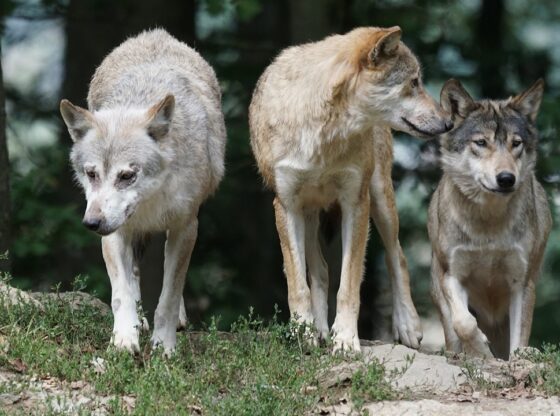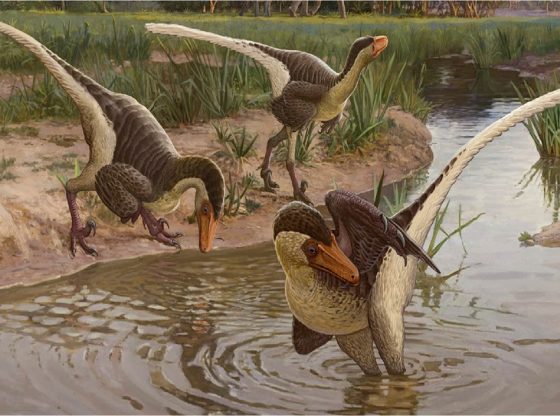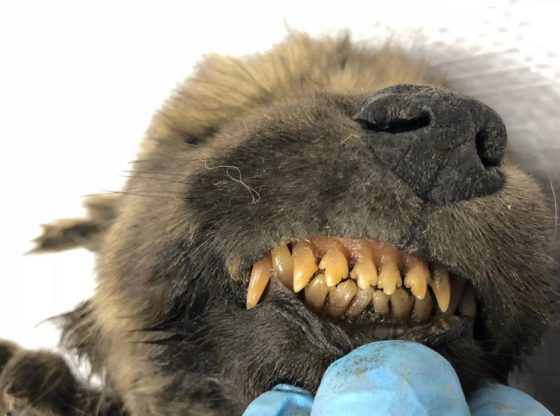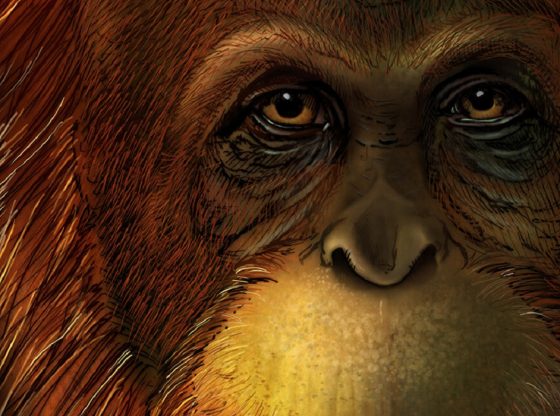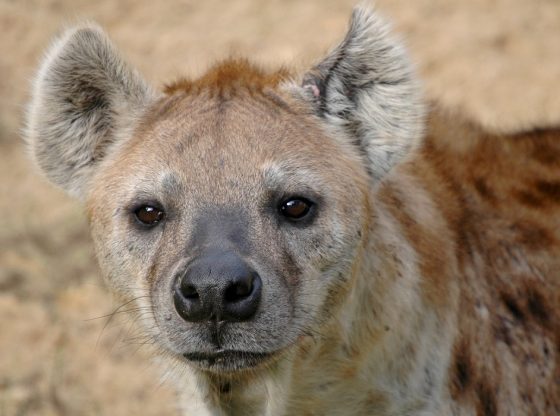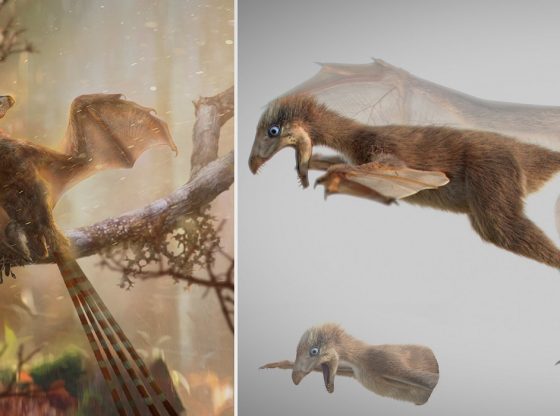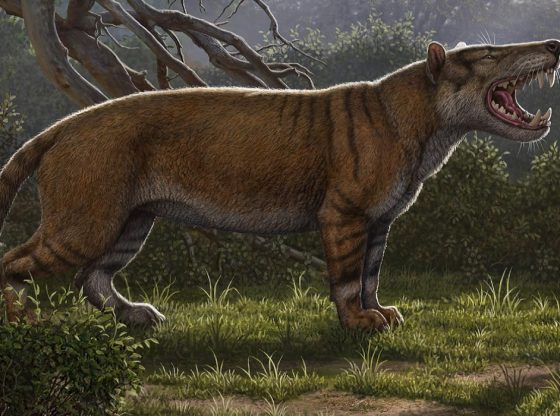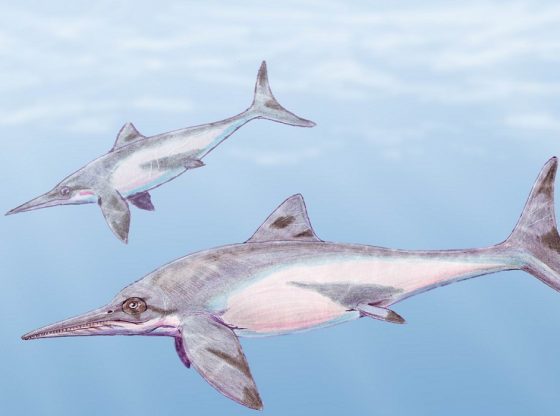A new species of giant bird-like dinosaurs has been identified. It was discovered when examining the fossils from eggs and embryos found in eastern China.
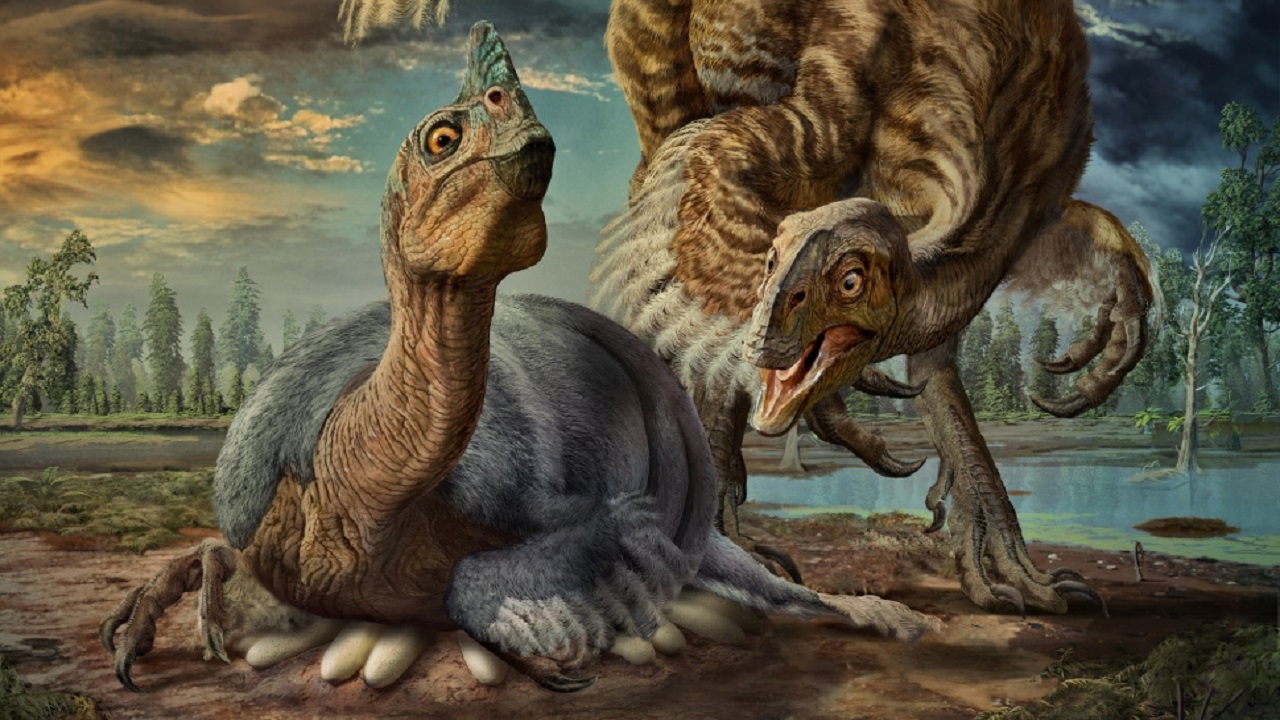
The new species was identified by researchers from the Institute of Geology at the Chinese Academy of Geological Sciences, who believe it lived during the Cretaceous period, around 90 million years ago.
“We have named it Beibeilong sinensis, which means baby dragon from China “
– Lü Junchang, one of the researchers behind the discovery, in a press release.
The bird’s nest was discovered in the early 90s already, with embryos and eggshells, but it was only now that researchers had proper access to them and were able to investigate them.
The nest was ring-shaped that seems to have been up to three meters in diameter and may have contained over two dozen eggs. The presence of so many eggs at a single nesting site could imply that poaching was a problem for these animals—that dino chicks were regularly picked off by predators. These eggs, in turn, seem to have been about 45 centimeters long and may have weighed as much as five kilos.
From the outset, it was thought that it belonged to a Tyrannosaurus since T-Rex fossils were also found adjacent to the site. But after careful analysis of both the egg shells and the embryo, everything indicated that the researchers were dealing with a new species.
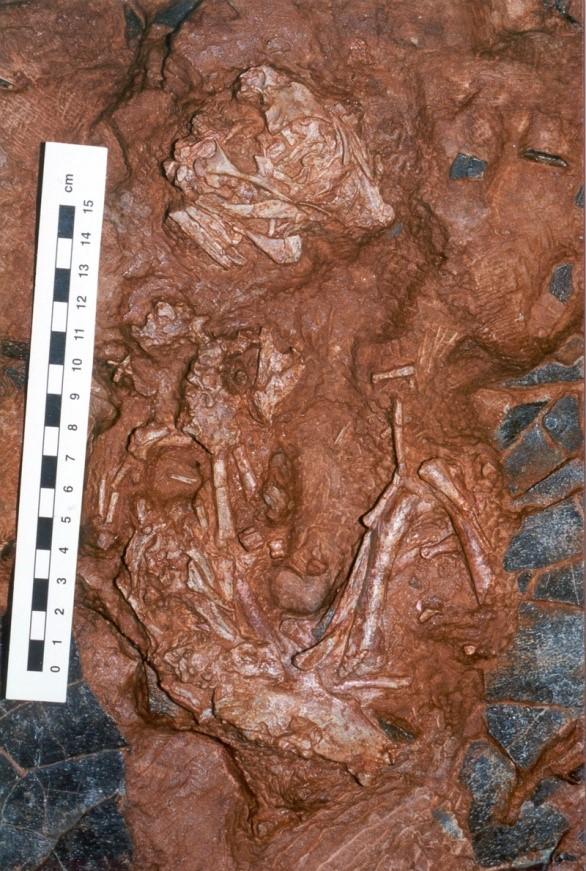
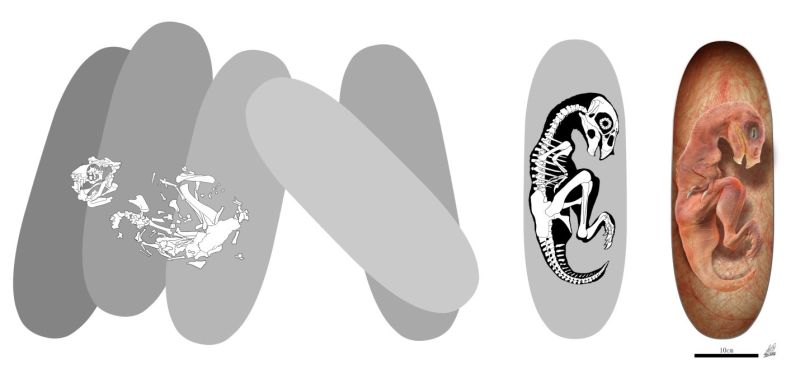
The eggs have been laid by a giant so-called oviraptorosaur; A kind of feathered dinosaur with small wings and a beak very similar to what is seen among birds today.
It was a three-ton heavy ostrich-like animal according to Darla Zelenitsky, professor of geoscience at the University of Calgary and one of the researchers behind the study.
The article has been published the scientific journal Nature Communications.
Reference:
Hanyong Pu, Darla K. Zelenitsky, Junchang Lü, et al. Perinate and eggs of a giant caenagnathid dinosaur from the Late Cretaceous of central China

